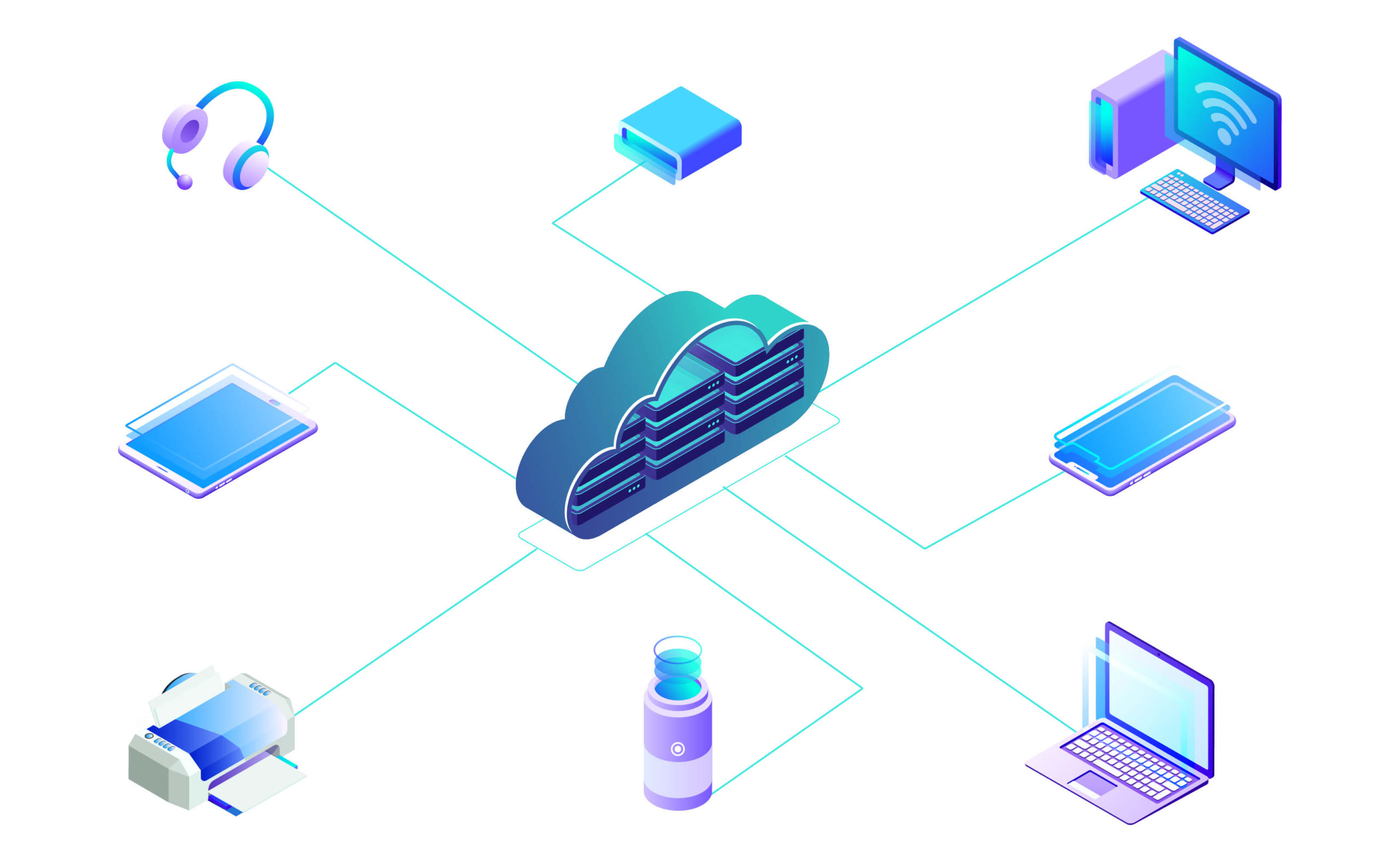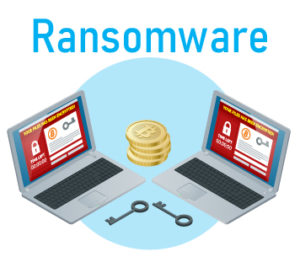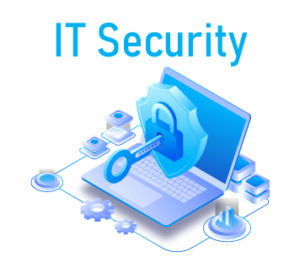What is Technology as a Service?
Technology as a service provides a huge opportunity for suppliers and customers who rely on their services. TaaS enables customers to access technology on demand. Instead of buying large technological assets that will outgrow (and reserve capital expenditures), the organization purchases access to technological resources that meet current needs. If needs change, access may be reduced or reduced with demand.
We know that companies can struggle to find the time and effort they need to deploy, manage and maintain their IT infrastructure and ecosystems of devices and software across their entire organization. With older devices that can’t handle the workload of users and new, resource-intensive software, the cost of support and speed of service are also affected.
How best to think about TaaS? It’s a bit like renting a car, with gasoline, oil, servicing, etc., and an upgraded model every couple of years! It’s one simple, flexible subscription for all your technology needs – combine all of this and save up to 30% on the total cost of ownership of your hardware and software solutions.
With Technology -as-a-Service (TaaS) you can buy hardware, software and a range of services – use, training, support and device management – under one agreement. With the latest high-end hardware available to you and your staff, as well as the most efficient software solutions, support costs – both time and money – are reduced.
In addition to freeing up time and resources to focus on other areas of the business, TaaS users know exactly how much they spend each quarter and can plan their budget accordingly. TaaS reduces financial barriers to entry into new installations and allows for frequent refreshment of the device, providing flexibility and scalability that traditional purchasing does not. Instead of spending time managing software installations, updating old software versions, and monitoring updates, employees are free to focus on other core business activities.

TaaS Business Benefits
More and more businesses are leveraging the advancement of technology that TaaS enables. Enhancements such as near-ubiquitous broadband, easy-to-pay solutions, low-cost storage, micro-services, containerization, and growing acceptance by consumers and C-level leaders in subscription services. All together, these developments create ecosystem technology where software, platforms and services are moved from office cabinets and into fully owned server centers and the cloud.
In addition to purchasing technology as a service, if your organization has a technology product, you should also consider moving technology to the cloud as a service. Customer behavior is changing. Customers buy smaller physical assets and non-shelf software products. Today, more than ever, they want technology services that allow them to reduce use at a low cost of entry.
And as customer behavior changes, the real benefits of switching to TaaS for technology vendors include the ability to add features and automatically update users to the latest version, collect current revenues (making business more predictable), reduce the number of supported products, and increase flexibility and scalability.
The future of TaaS
The great dominance of different services and faster software innovations are the two major trends that will shape all technology companies in the next decade. To continue their success in the business, hardware-based companies need software and service transformations and innovations. Such transformation requires new approaches in the way technology is developed, delivered, commercialized and used. This approach, which we call technology as a service (TaaS), is the future for emerging technology sectors. This model has already been introduced in the computer industry. Today’s most successful companies in this industry are no longer HP or Microsoft, but are companies like Salesforce, Amazon and Google. Salesforce is known for the success of Software as a Service (SaaS). Amazon has expanded into an Infrastructure Service (IaaS). Google has always made its technology available as a service and has come out with multiple enterprise services (TaaS).
We can say the future of TaaS lies in the proprietary technology that software enables and offers as “services.” Unlike the traditional generation of work-based services, TaaS services are highly software-enabled, on-demand, customizable to business contexts, and are often virtually delivered by a system of hardware, software, and people. Unlike the traditional product model, TaaS uses technological tools to provide dynamic features and solve business problems in close collaboration with customers. The TaaS-based business model uses software to increase functional versatility, and it uses ecosystems to expand the scale of value created for the customer.
Below we list several important characteristics that TAAS differ from traditional technology products and traditional services:
- Exclusivity
Traditionally, getting services but not owning property often indicates sharing and breach of privacy. For example, some companies’ printing services are shared and not private. TaaS, however, gives customers exclusivity without ownership. Exclusive service is a service provided in a private and secure environment where the customer has full control over the features without interfering with other customers.
- Software Defined Functions
Traditional hardware-based features are fixed once from the factory. From a customer perspective, software-defined technology functions are extensible and programmable, more precisely they have the flexibility to serve multiple purposes and create cross-functionality processes.
- Maintaining ownership
Services are provided without the complete transfer of ownership of the property in question.
- Customizability
Specific Services are unique to customer needs and can be customized accordingly.
- On request
On request means that a resource or function can be activated and / or reduced whenever the business situation requires it.
- Transaction model based on consumption
This means that services are only charged when used.
- Virtual Delivery
TaaS services are often provided by a system consisting of machines or devices, data, applications, people and processes. Such facilities should be relieved of location restrictions whenever possible.
- In the context
Unlike traditional technology products, which have fully framed forms that emerge from the factory, TaaS should provide features that fit and shape the business context.
- Modular
Modular means a component or function is standalone with standardized interfaces, so they can be used to build different systems or run different processes.
In the next decade, TaaS will become the dominant model for technology commercialization. Take the example of Apple, which has transformed its business and immediately the industry by turning devices such as iPhones and iPads into personalized service centers, backed by technology systems and business ecosystems. New technologies like solar and 3D printing are choosing TaaS models for sale. Established technology companies such as GE and Siemens are turning monitoring and diagnostics technology into services.
Conclusion
TaaS requires a strategic transition that must be carefully planned and executed. This is because TaaS would require a set of technical, commercial and operational capabilities, many of which may be new to product-based technology companies. A three-step approach, starting with “asset-based services”, moving to “feature-based services” and then “business-defined services” allows the company to gradually build capabilities according to the successful TaaS model. The companies leading this transition will create future prosperity for industry sectors and businesses.
Cloud replaces expensive IT infrastructure, providing greater flexibility, simplicity and security for all your business processes, with significant savings. Also Cloud solutions guarantee complete privacy and security of your data, with state-of-the-art antivirus systems. Automatic backup ensures reliable system recovery in the event of any incident.

Cloud Types
There are several types of Cloud:
- Private Cloud
- Public Cloud
- Shared Cloud
- Hybrid Cloud
Private Cloud
So, it’s possible to have your own Cloud. A private cloud is created solely for the use of a single client, a reserved datacenter for that client, which may be within the organization or hosted by a cloud provider. IT services companies or cloud service providers build and manage private clouds. Private cloud organizations have complete control over the cloud structure. This is of interest to larger companies (telecoms, banks, public administration) or users who want, and because of legal regulations, they must have complete control of the system as well as the obligation to have the data physically located in the territory of a particular country.
Public Cloud
The Cloud Service Provider provides access to resources such as applications, data warehouses and other resources available to the public, whether individuals or organizations, through the Internet. The services may be free of charge or a pay-per-usage model may be used. The infrastructure is owned by the provider, and is not available for user insight or control.
Shared Cloud
A Shared Cloud is a cloud shared by several organizations. The infrastructure supports special communities that have common needs, missions, security requirements and the like. They can be managed by the organizations themselves or by someone else (the service provider). Here, costs are shared between only a few clients, so savings are limited.
Hybrid Cloud
A cloud structure is made up of two or more different clouds (private, shared or public) that remain unique entities, but are interconnected by standardized or appropriate technologies that enable efficient data or application transfer. Hybrid clouds connect public and private cloud models. The ability to extend private cloud with public cloud resources can be used to maintain service levels to withstand heavy workloads.
Cloud Services
Cloud based services can be divided into 3 groups:
- Infrastructure as a service (IaaS)
- Platform as a service (PaaS)
- Software as a Service (SaaS)
Infrastructure as a service (IaaS)
Infrastructure as a service is a basic model of a cloud service where the user as a service is given the opportunity to use the IT infrastructure, mainly the virtual platform. The most commonly used infrastructure is: servers, network infrastructure, data center, operating systems, etc. The user is given the opportunity to get the infrastructure they want without having to buy their own equipment, but by leasing the necessary resources. This cloud service is of particular interest to small and medium-sized enterprises who find it extremely costly to invest in their own infrastructure. This provides reliable, stable and highly available infrastructure that only large companies could afford until recently. The user can run different types of software, from operating systems to applications, and he is responsible for maintaining the software. The user may also have limited control over the selected infrastructure components. The development of virtualization technology has made the biggest contribution to the popularization of this service.
Platform as a service (PaaS)
Platform as a service is related to the development environment and the required suite of software subsystems. We can say that the PaaS layer is above the IaaS. The user can develop to test and distribute their own applications running on the cloud service provider’s infrastructure. The provider provides the platform and runtime environment that most commonly includes servers, network infrastructure, data center storage, operating systems, and programming languages. Some providers provide the ability to automatically adjust the volume of resources so that the user does not need to allocate them further. The user has control over the applications and the middleware while the cloud service provider controls the other layers of the infrastructure, but the user may be able to choose the environment structure. The benefit is that the software development team is not limited by geographical location, resources or other team members. Some examples are Microsoft Azure, Amazon Elastic Beanstalk, Google App Engine.
Software as a Service (SaaS)
Software as a Service is when opportunity has given to user to use the available applications that are in the cloud infrastructure. Applications are available online from a variety of client devices. Applications can be free of charge, and if the most common model is paid, the subscription is monthly or annual. The provider owns the backend infrastructure, including the network, services, operating systems, storage system, as well as specific software that is accessible to a large number of users via an internet browser. The cloud service provider has control over the entire infrastructure, while the user can define the right to access the leased software, e.g. who within the company can access the leased software. Users share the resources of the providers on which the rental program resides. On the user side, this means that there is no additional software or hardware investment, as well as maintenance of the system infrastructure that the provider is now in charge of. The user owns personal information on such system. Some examples are Microsoft Office 365, Google Apps.
Benefits of Cloud Services
In addition to being more efficient in organizing and managing your files, there are a number of other benefits to using a Cloud service:
- Save money and time
You will not have to constantly invest in new equipment, server, staff, security. Costs for upgrading equipment, storage and maintenance are taken care of by Cloud Service for free. If you use a paid account, you only pay for the extra space you need, and it often includes additional security and support. Instead of spending time on technology management, you can concentrate on your business. - Increasing productivity
You can also access your documents while on the move, without the obligation of being in the home or office, from any device. Multiple people can work from different locations at the same time, under one account.
Collaboration between members will also be enhanced by applications available within the Cloud Service. Many studies indicate that entrepreneurs who work in a more flexible environment, and at all times have access to programs and required documents, are much more productive than those who work in an office from 9am to 5pm. - Collaboration
Collaboration is one of the important reasons why people choose Cloud services. Being able to coordinate online with teammates with some degree of security is the most important reason. - Easy access and reliability
Cloud service allows access to your documents from all devices, and file sharing is done online from different locations in the world. The fact is that known Cloud services are much more reliable than the server you would invest in because they are managed by teams of experts. Most Cloud services allow you to share a document by sending a link through which you access the document. - Security
In case of an unpleasant situation, it is always important to ask if you have lost your files or have a backup. When storing data on the Cloud Service you do not have to worry because your business will not stop if something happens. Your data is password protected or encrypted, depending on which service you use. - Quality Control
There are several things that can be detrimental and can affect the success of a business such as poor quality and inconsistent reporting. In a cloud-based system, all documents are stored in one place and in one format. With everyone accessing the same information, you can maintain consistency of data, avoid human error, and have a clear record of any revisions or updates. By contrast, managing data in silos can cause employees to accidentally save different versions of documents, leading to confusion and diluted data. - Automatic Software Updates
For employees who do a lot of work, there is nothing more irritating than waiting for system updates to be installed. Cloud-based applications are automatically refreshed and updated, instead of forcing the IT department to perform manual updates throughout the organization. This saves valuable IT time and money spent outside IT consulting.
How do cloud providers take care of your data?
Cloud providers store your data in secure data centers. They also store multiple copies of your data in different places, ensuring that your data is always available. For example, if one server crashes, you will certainly be able to access your data stored on another server. Also, since these servers are located in different locations, your data is protected against damage caused by inclement weather (such as fire and flood).
Your data is protected against theft and loss as well as negligent conduct by your employees. This is, of course, the case if you only allowed access to employees who need it to do their job. The fewer people who have access to your business information, the less opportunity for irresponsible handling.
The most basic way cloud providers secure data is through encryption. Encryption involves storing data in encrypted form using complex algorithms. This prevents anyone with a decryption key from accessing your data.
In addition, cloud providers that store the data of many companies in most images have advanced security systems, most likely more advanced than yours. Therefore, it is logical to conclude that your data would be very secure on their servers.
Of course, you should not just assume that the company you entrusted with keeping your business information will take appropriate security measures. Check it out! Get the cloud provider you want with the help of forums and user reviews. Make sure the company meets the appropriate security standards as well as have safety certificates.
User responsibility
Cloud providers are certainly responsible for protecting the data they store. However, a great deal of responsibility lies with the users.
Most security failures are responsible for human error, most often due to ignorance and / or negligence. This is why employee education is extremely important. Your employees need to know how to handle data in a safe way and how to prevent it from being misused.
What is necessary to keep your data secure in the cloud is to secure your computers. The first step is to install quality antivirus and antimalware software on each computer. It is especially important to update these programs regularly. This applies to all other programs on your computer as well as the operating system.
Then, equally important: the password. Failure to choose a strong password will make it easier for hackers – it won’t take much effort to find out. Always select passwords of at least 12 characters, including uppercase and lowercase letters as well as symbols. It is especially important to note that you do not use the same password for all the services you use.
To keep your information secure even if someone finds out your password, it is extremely useful to use two-factor authentication. This service works by prompting you to enter a one-time code after entering your password. It can be obtained in the form of SMS, e-mail, or through an application specializing in authentication.
And finally, by far the safest thing to do before uploading data to the cloud is encryption on a local computer. There are tools that allow you to encrypt the data yourself and thus ensure double encryption. With a sufficiently long and complex decryption key, you will maximize your data security in the cloud.
Tips for secure data storage
Finally, we will summarize all of the above information in the form of tips that you should follow if you want to maximize the security of your data in the cloud.
- Explore how your chosen cloud provider ensures data security
- Only allow access to data in the cloud to employees who need it
- Educate your employees
- Invest in quality protection software
- Use strong passwords and two-factor authentication
- Encrypt the data yourself before uploading to the cloud
As mentioned above, much of the responsibility for the security of your information lies with you. With these tips, your information will be more secure and you will be more secure knowing that you have taken all the necessary security measures.






